With the continuous prosperity of the cosmetic market, the cosmetic plastic packaging industry has also embraced opportunities for rapid development. As someone who wishes to enter this field, you may be facing the challenge of how to quickly get started and establish a solid footing. Below, we will provide you with some practical suggestions and strategies.
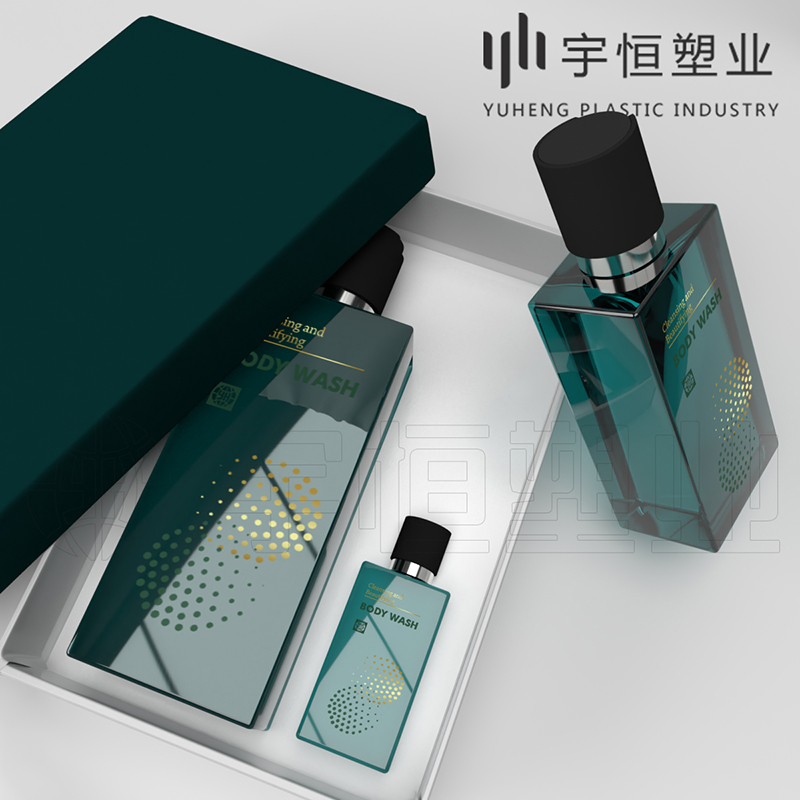
1. Understanding Basic Industry Knowledge
Before officially entering the industry, it is essential to have a comprehensive understanding of the cosmetic plastic packaging industry. This includes learning about basic plastic material knowledge, such as the characteristics, applications, and processing methods of different plastics. Simultaneously, keep an eye on market dynamics, policies and regulations, and industry standards to ensure compliant operations and seize market opportunities in the subsequent business process.
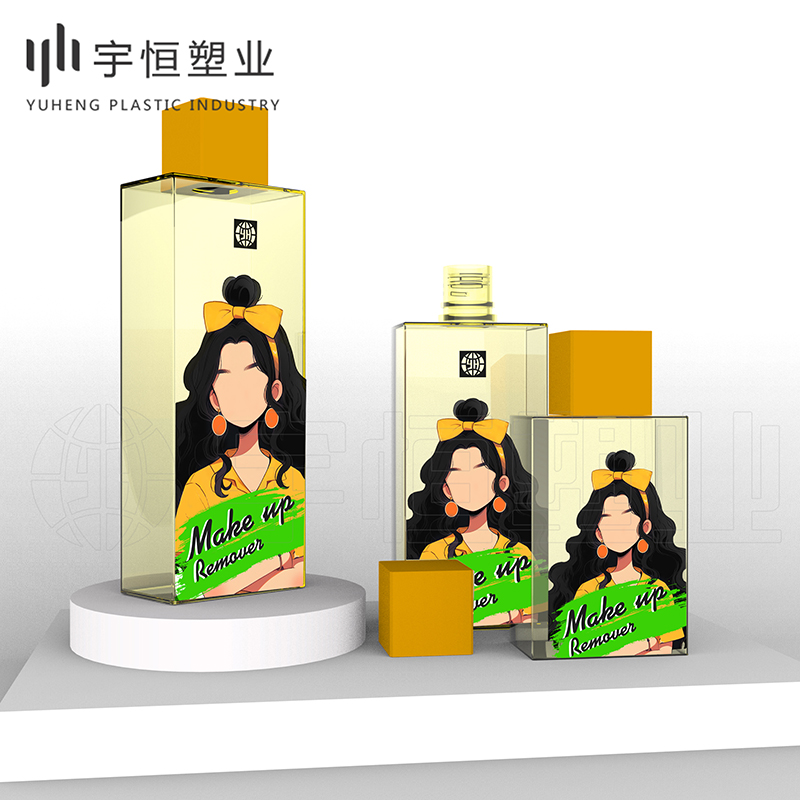
2. Clarifying Product Positioning and Market Demand
Based on your understanding of industry basics, you need to clarify your product positioning and market demand. This involves determining which cosmetic brands, consumer groups, and their specific needs your products cater to. Through market research and competitive analysis, you can more accurately grasp market demand and competitive trends, providing strong support for product positioning and development.
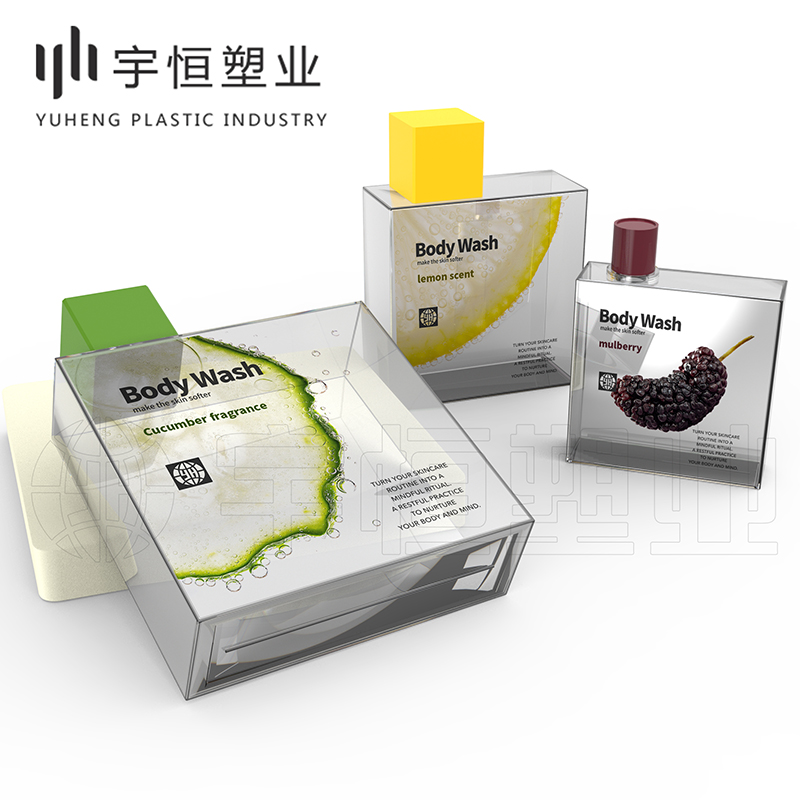
3. Selecting Appropriate Production Equipment and Technology
The production of cosmetic plastic packaging requires certain equipment and technical support. You need to select suitable production equipment and technology based on your product positioning and market demand. When choosing equipment, pay attention to its performance, stability, and efficiency; when selecting technology, focus on its advanced nature, feasibility, and economic benefits. Additionally, prioritize equipment maintenance and servicing to ensure smooth operation and production.
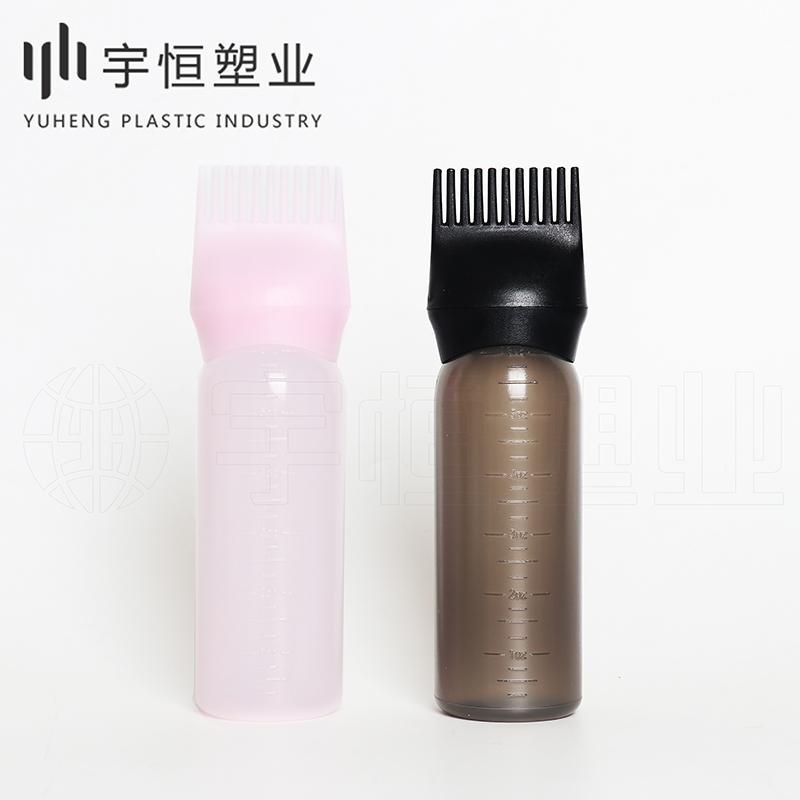
4. Emphasizing Product Quality and Safety
Cosmetic plastic packaging is a packaging material that directly contacts cosmetics, and its quality and safety directly relate to the quality of cosmetics and consumer health. Therefore, you need to prioritize product quality and safety control. Strictly oversee raw material procurement, production processes, and finished product inspection to ensure compliance with relevant standards and regulations. Additionally, consider environmental performance and sustainable development.
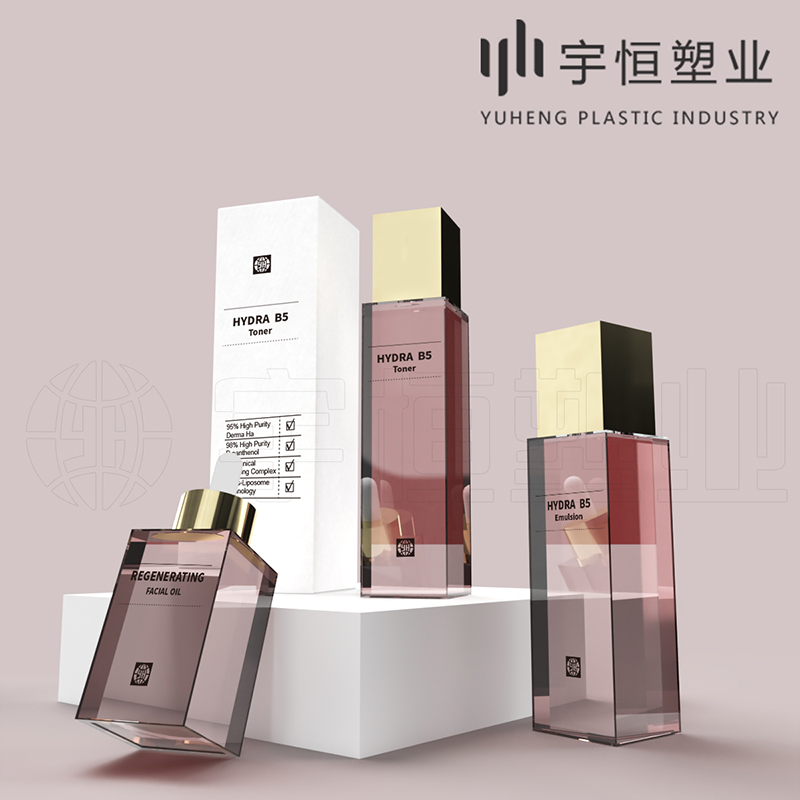
5. Establishing Stable Sales Channels and Customer Relationships
In the cosmetic plastic packaging industry, establishing stable sales channels and customer relationships is crucial. Expand customer resources through various channels, including exhibitions, client visits, and online marketing. Simultaneously, prioritize communication and cooperation with customers to build strong relationships and trust. Focus on customer needs and feedback, promptly addressing issues, and providing excellent after-sales service support.
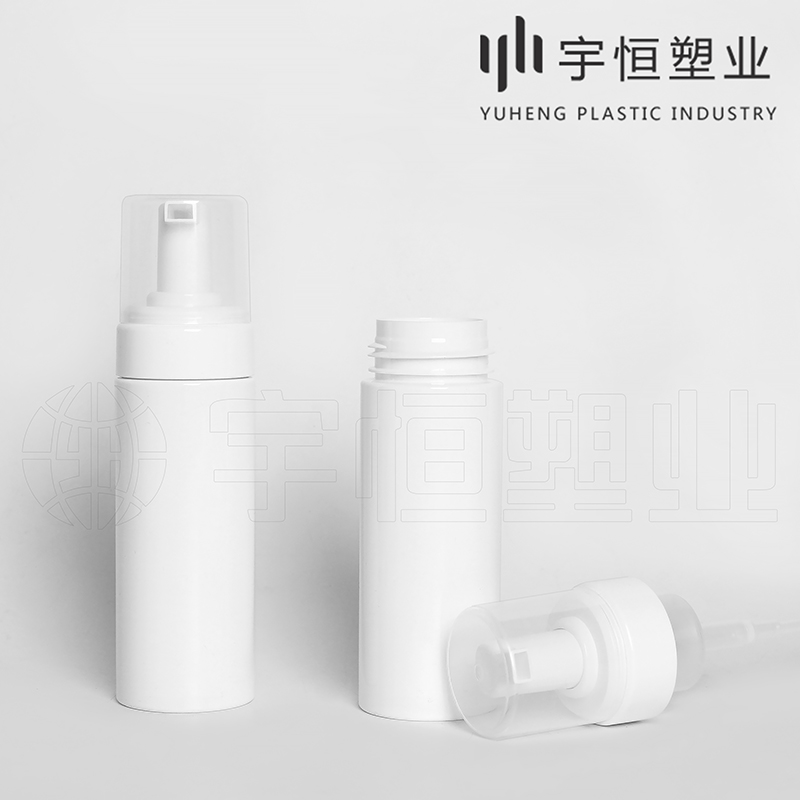
6. Continuous Learning and Innovation
The cosmetic plastic packaging industry is constantly evolving and changing. You need to continuously learn and innovate to adapt to market changes and meet customer needs. For learning, keep an eye on industry news and participate in training courses to enhance your professional qualifications and skills. For innovation, pay attention to the research and application of new technologies, materials, and processes to drive product upgrades and innovations.

In conclusion, to quickly enter the cosmetic plastic packaging industry and establish a solid footing, you need to make efforts and invest time. By understanding industry basics, clarifying product positioning and market demand, selecting suitable production equipment and technology, emphasizing product quality and safety, and establishing stable sales channels and customer relationships, you can gradually build your brand, market share, and achieve sustainable development.




